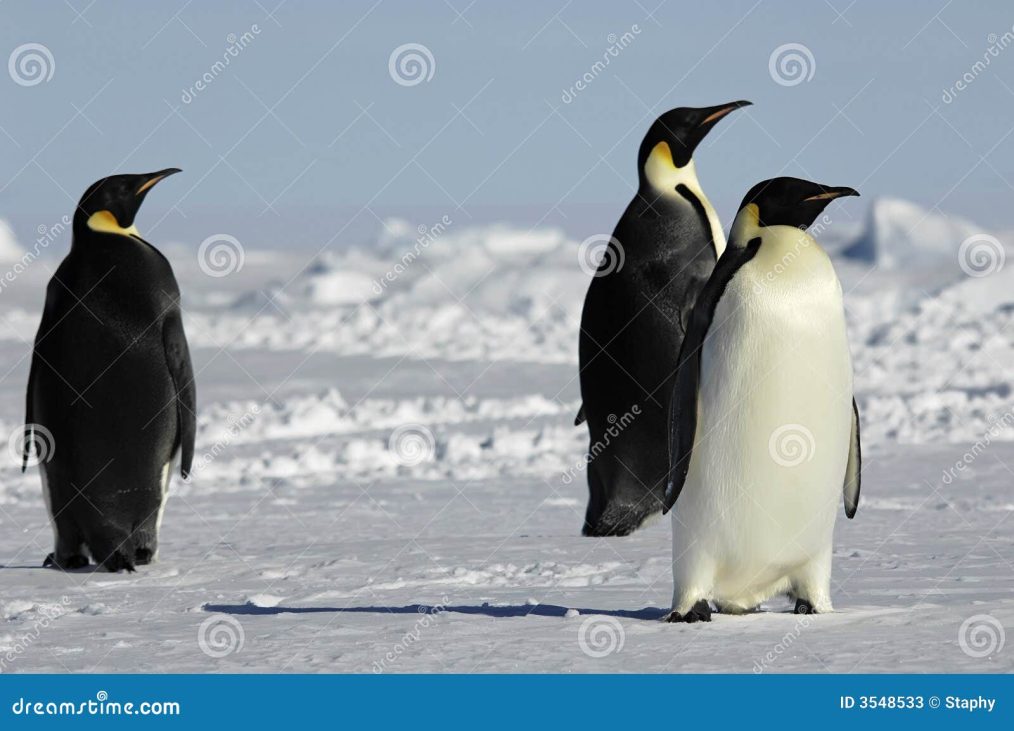
When Was the Last Time Antarctica Was Ice-Free?
Live Science – By Victoria Atkinson – Full article
Antarctica, the coldest continent, is today covered by a massive ice sheet that is several miles thick, but it hasn’t always been this way. For most of its history, Antarctica was ice-free. So, when exactly did this icy transformation begin?
Antarctica, a landmass nearly four times the size of the United States, experienced dramatic climate shifts over millions of years. Paleoclimatologists estimate that the last time Antarctica was ice-free was about 34 million years ago, during a time called the Eocene-Oligocene boundary. Before this period, the continent resembled something more akin to northern Canada, with tundra landscapes and coniferous forests rather than the frozen desert it is today.
The formation of Antarctica’s ice sheets was triggered by a global cooling event. Around 50 million years ago, the Earth was significantly warmer — approximately 25°F (14°C) higher than today’s average temperatures. This warmth allowed for rich ecosystems to thrive across the globe. However, over the next 16 million years, temperatures began to fall steadily. By the time we reached the Eocene-Oligocene boundary, the global climate was still about 8°C (14.4°F) warmer than today but cooling enough to initiate the massive ice sheet formation we now associate with Antarctica.
Two primary factors contributed to this temperature drop. First, there was a notable reduction in atmospheric carbon dioxide (CO2) levels, a key greenhouse gas. CO2 plays an essential role in maintaining Earth’s temperature and supporting life by trapping heat. As CO2 levels decreased, the planet’s natural cooling mechanism was triggered, leading to colder global temperatures.
Second, the shifting of the Earth’s continents also played a critical role. The formation of the Drake Passage between South America and Antarctica allowed cold ocean currents to circulate more freely around the southern continent. This isolation of Antarctica from warmer oceanic influences further contributed to the cooling of the region and the formation of ice sheets.
CO2 has been vital for life on Earth for millions of years. Beyond its role in regulating temperature, it is a crucial component of the carbon cycle, which supports plant life through photosynthesis. As plants convert CO2 into oxygen, they provide the very air we breathe and the foundation of the global food chain. The delicate balance of CO2 levels ensures that Earth remains in a habitable temperature range.
The story of Antarctica’s frozen transformation underscores how fluctuations in carbon dioxide levels and geological changes can shape our planet’s climate over time. While it has been millions of years since the continent was last ice-free, studying this history offers insights into the dynamic nature of Earth’s climate systems.





Sounds like another spruik for the CO2 lobby to justify their existence/position.
Has anyone read Ian Plimmer’s exposition that indicates the CO2 concentration, far from inducing the warming, lagged the warming phenomenon by up to 500 years or more?
The implication is that global warming is due to influences we have yet to identify/quantify.